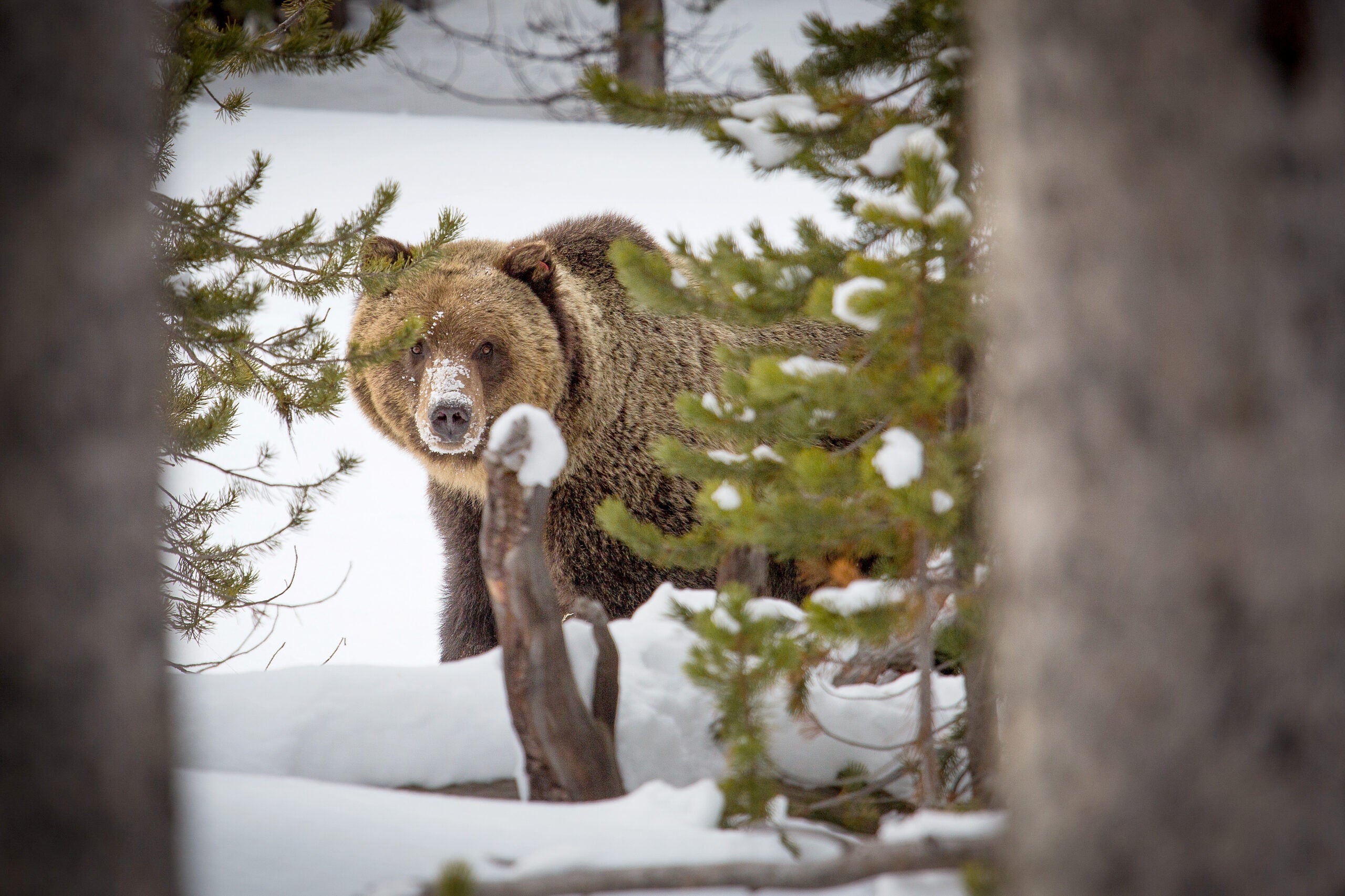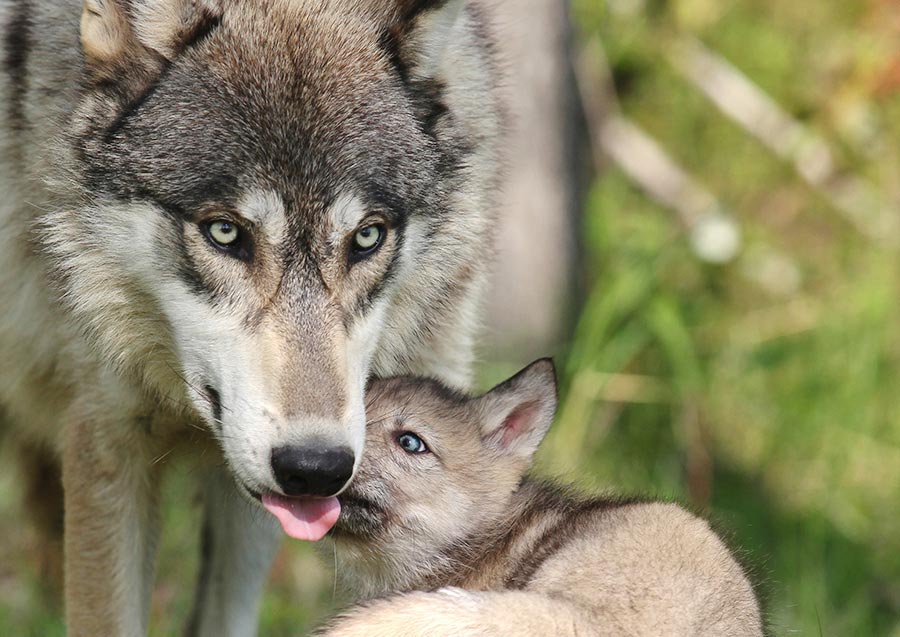3 Amazing Mammals Earthjustice Is Fighting For
Here's how we're using the Endangered Species Act as a powerful legal tool to protect imperiled animals.

This page was published a year ago. Find the latest on Earthjustice’s work.
Scientists warn that nearly 40% of all species could be facing extinction by 2100. The good news is, we have a powerful legal tool to fight this biodiversity crisis.
For more than 50 years, the Endangered Species Act (ESA) has saved species from the brink of collapse. Ninety-nine percent of plants and animals that have received protection under the law have been spared from extinction.
Earthjustice uses the ESA to go to court and defend species from overharvesting, habitat destruction, and many other threats. We also advocate for extending the law’s protections to imperiled species that need them. Here are three animals we’re fighting for:
Yellowstone Grizzly Bear
By 1975, human expansion, habitat destruction, and aggressive hunting had reduced U.S. grizzly bears to only 2% of their former population.
To save the species, the government protected grizzlies under the ESA. In the greater Yellowstone ecosystem, which has the most isolated grizzly bear population, scientists and government agencies worked together to suspend hunting and establish large, protected areas.
Yet the Yellowstone grizzlies’ recovery remains fragile, and we continue to defend them against proposals to strip away their ESA protections, which could lead to persecution, poisoning, sport hunting, and habitat destruction. In 2020, we won a court victory against just such a proposal from the Trump administration, and the federal government is now considering petitions from Wyoming and Montana to remove protections in certain ecosystems. We are pushing back against this deeply misguided idea.
Gray Wolf

There were once up to 2 million gray wolves living in North America, but the animals were driven to near-extinction in the lower 48 states by the early 1900s.
(Critterbiz/Shutterstock)
Decimated by decades of unregulated slaughter and persecution, gray wolves were pushed to the brink of extinction in the continental U.S. In 1973, they became one of the first animals to appear on the endangered species list. Their return to Yellowstone National Park shows how the health of one species can affect an entire ecosystem: As the wolves came back, they restored balance to the elk population, which allowed overgrazed willows and aspen to regrow, helping many other plants and animals thrive.
Earthjustice has used the ESA to fight for wolf recovery for more than three decades. After the Trump administration illegally removed wolves from the endangered species list without sound scientific reasons, we represented conservation groups in a successful legal fight to restore ESA protections in almost every state. In March 2024 we won a lawsuit that protects both wolves and grizzly bears from brutal traps and snares in parts of Idaho, one of the few states where such cruel practices have continued to be allowed.
Wolverine
Wolverines are small but mighty. Though they can weigh as little as 20 pounds, they take on much larger prey, like moose. Their populations have clung to survival despite over a century of trapping, habitat loss, and climate change.

The wolverine is a tough-as-nails creature that’s nevertheless extremely vulnerable to climate change and development. (Nazzu/Shutterstock)
Currently, no more than 300 wolverines remain in the lower 48 states. That’s why Earthjustice and other conservation groups have worked for more than two decades to establish federal protections not only for the species, but also for the integrated ecosystems that sustain their prey and habitat.
In 2020, we challenged a U.S. Fish and Wildlife Service (FWS) decision to deny wolverines protection under the ESA, despite a body of scientific evidence showing that wolverines are declining from industry development and declining snowpack. A court sided with us, forcing the Fish and Wildlife Service to go back to the drawing board for a science-backed assessment. In late 2023, the agency finally enacted the protections that advocates have spent years calling for.
These animals are just a few of the species Earthjustice is protecting through the power of the law. Learn more about the wildlife we’re fighting for.